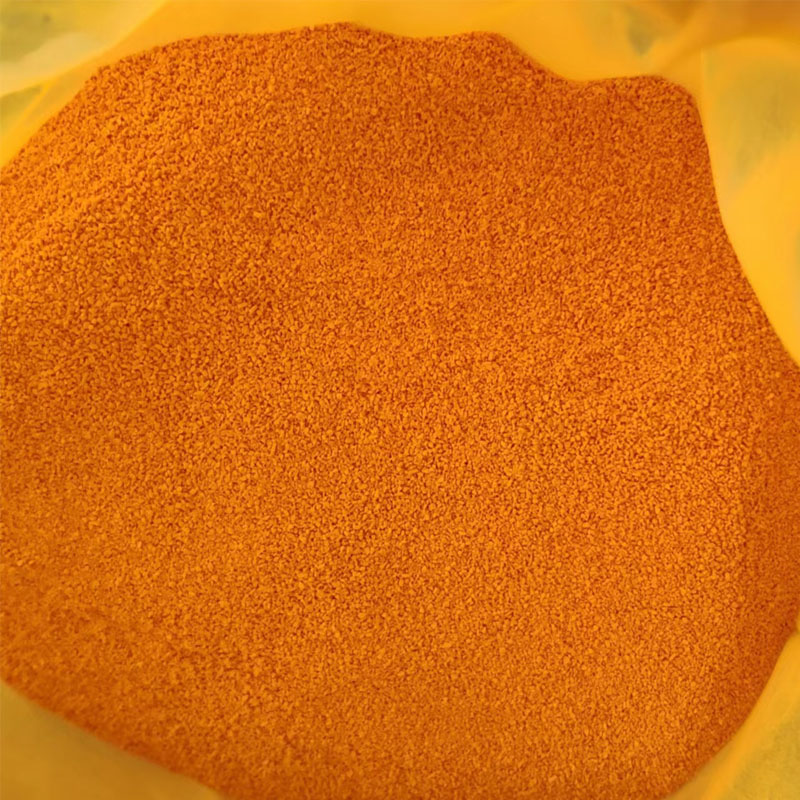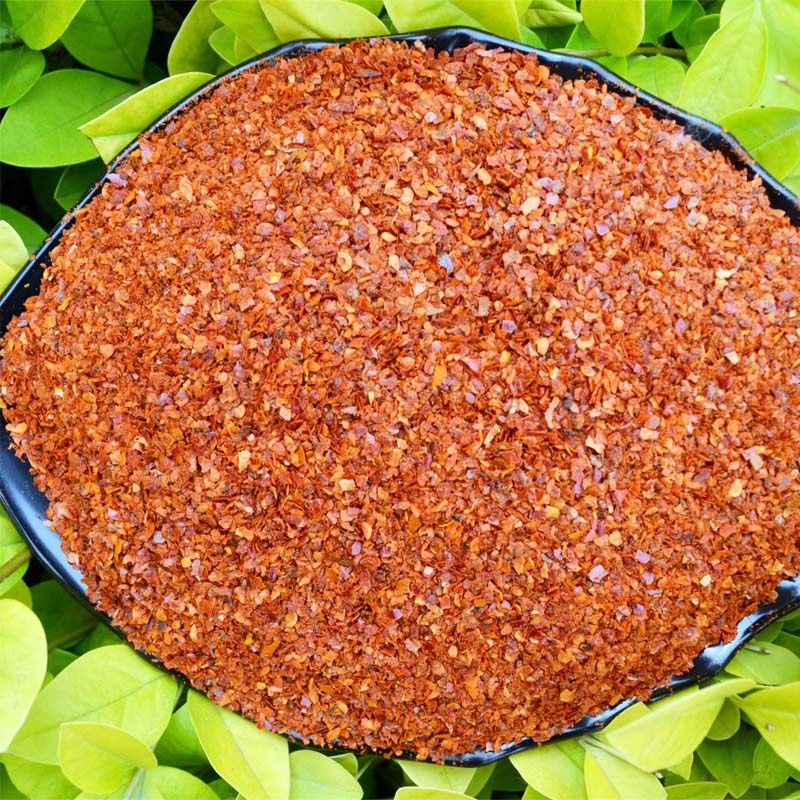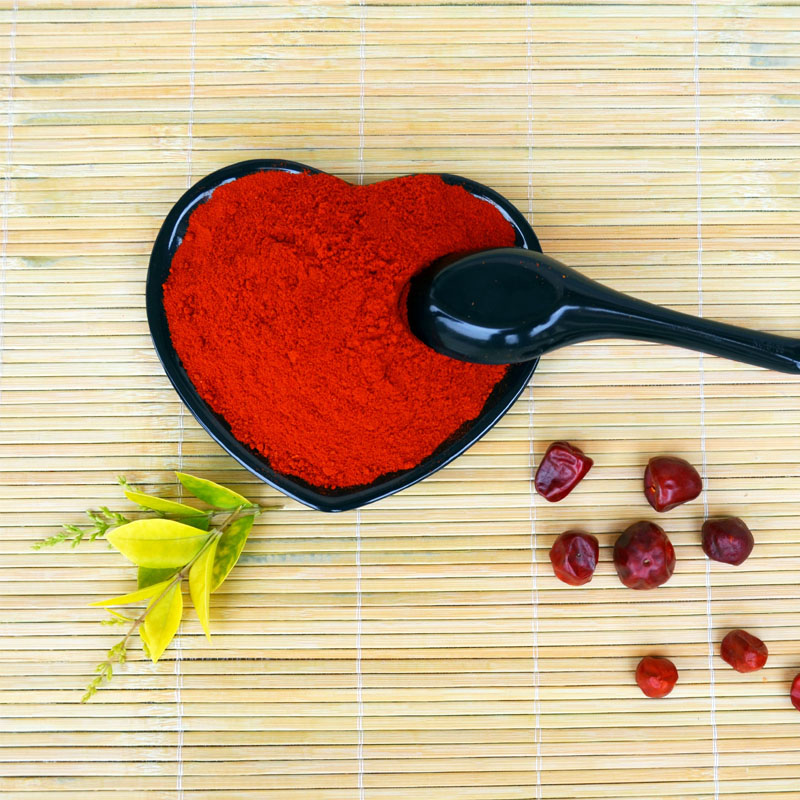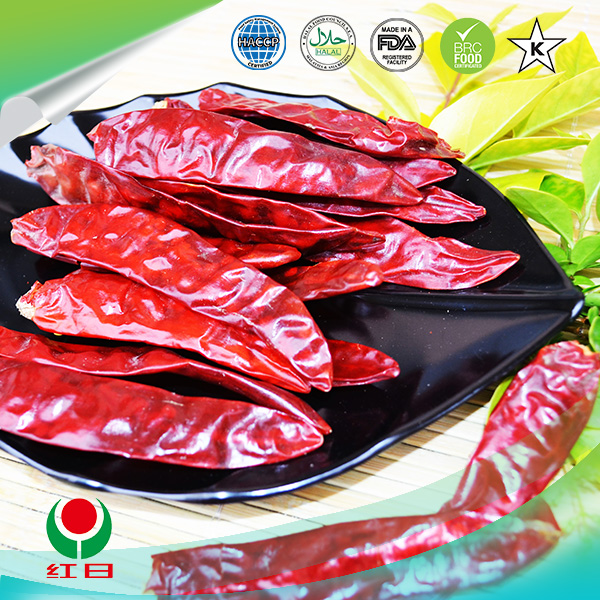- No. 268 Xianghe Street, Economic Development Zone of Xingtai city, Hebei 054001 China
- Byron@hbhongri.cn
fresh and dried chiles
The Versatile World of Fresh and Dried Chiles
Chiles are a fundamental component in cuisines around the world, gifting dishes with vibrant flavors, vibrant colors, and varying levels of heat. Among the many types of chiles available, the fresh and dried varieties hold distinctive places in cooking, each offering unique benefits and applications.
Fresh Chiles A Burst of Flavor and Color
Fresh chiles are typically harvested when they are still green or have just ripened to their vibrant red, yellow, orange, or even purple hues. Varieties such as jalapeños, serranos, and bell peppers are commonly found in kitchens around the globe. Fresh chiles not only add heat but also offer a refreshing, crisp texture that enhances the overall mouthfeel of a dish.
One of the greatest advantages of fresh chiles is their ability to contribute to the aroma and presentation of a meal. The bright colors can transform an ordinary dish into a feast for the eyes. Additionally, fresh chiles are often used in salsas, salads, and sauces, where their crunch and moisture contribute to the freshness of the dishes. For instance, a pico de gallo made with fresh tomatoes, onions, and jalapeños can elevate any taco or tortilla chip experience.
When it comes to flavor, fresh chiles are a canvas. They can be roasted, grilled, or sautéed to deepen their flavors. Roasting a poblano until its skin is charred and then peeling it can result in a smoky, rich element that pairs beautifully with cheeses and meats. Moreover, the heat level in fresh chiles can be easily adjusted to suit various palates. For those who prefer milder flavors, using bell peppers in place of spicier varieties can create a harmonious dish without overwhelming the taste buds.
Dried Chiles Concentrated Flavor
fresh and dried chiles

On the other hand, dried chiles provide a robust alternative for cooking, often packed with concentrated flavor. Common varieties include ancho, guajillo, and chipotle, each boasting unique flavor profiles that can alter the atmosphere of a dish. The drying process, which involves sun-drying or smoking fresh chiles, intensifies their natural sweetness and complexity, making them staples in sauces, stews, and marinades.
Dried chiles can be ground into powders, such as cayenne or chili powder, allowing for easy measurements in recipes. Alternatively, they can be soaked in hot water to rehydrate and then blended into pastes or used whole to infuse flavor in braises. The process of toasting dried chiles before use can also enhance their flavors, adding a toasted nutty quality that elevates sauces for enchiladas or mole.
In addition, dried chiles have a longer shelf life, making them a convenient pantry staple. This longevity allows chefs and home cooks alike to experiment with their cooking, trying different varieties without the pressure of using them quickly.
The Perfect Pair
Integrating both fresh and dried chiles into cooking can create a balanced and complex flavor profile. A dish can start with a base of sautéed fresh chiles and then finish with a sprinkle of dried chili powder for an added depth of flavor. Whether you are crafting a spicy barbecue sauce or a delicate soup, the combination of these two forms can elevate the culinary experience.
In conclusion, fresh and dried chiles offer a world of possibilities in the kitchen. Their distinct qualities not only contribute heat but also transform the flavor and aesthetics of a dish. Embrace the versatile nature of chiles, and let them guide your culinary creations.
-
Turmeric Rhizome Powder: A Golden Treasure from Roots to TableNewsJul.28,2025
-
The Versatile Application Of Crushed Red Hot Peppers: Lighting Up The Red Flames On The Dining TableNewsJul.28,2025
-
The Paprika: A Touch Of Vibrant Red In Color, Flavor, And CultureNewsJul.28,2025
-
Ground Turmeric: A Modern Examination of an Ancient SpiceNewsJul.28,2025
-
Capsicum Liquid Extract: Features, Applications, and ChallengesNewsJul.28,2025
-
Application of Capsicum Liquid Extract in FoodNewsJul.28,2025







